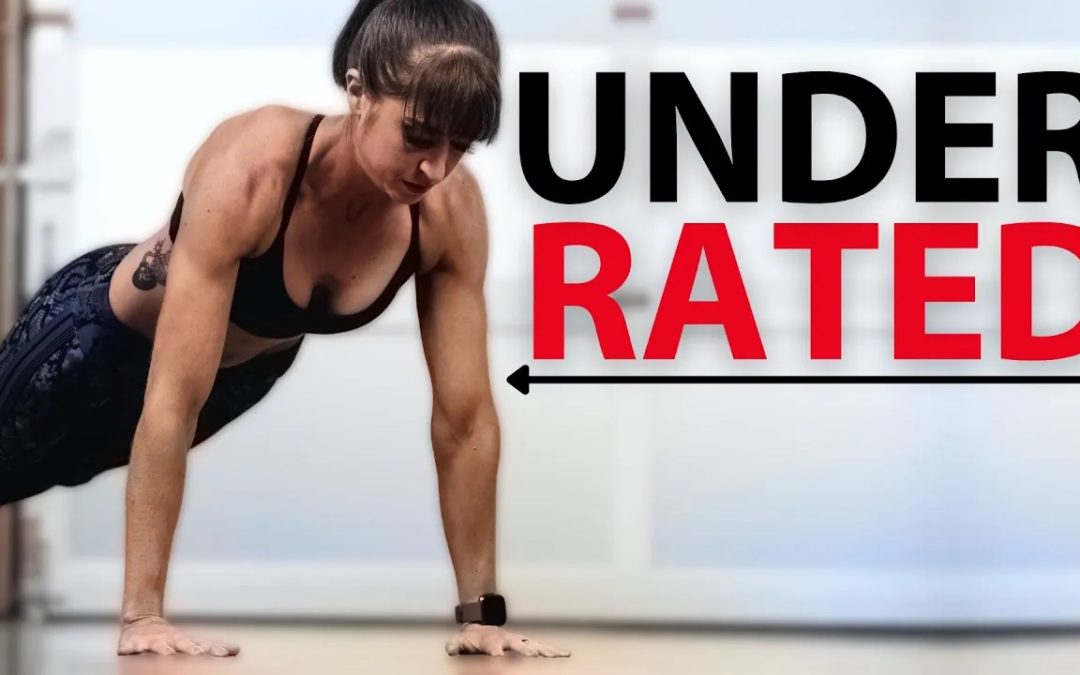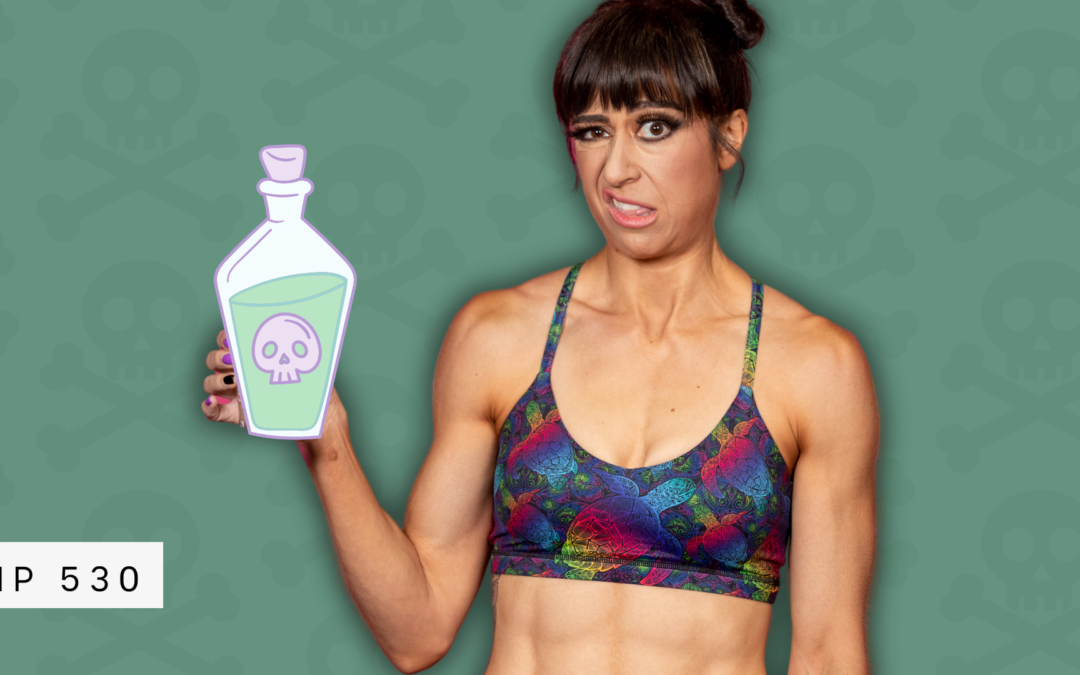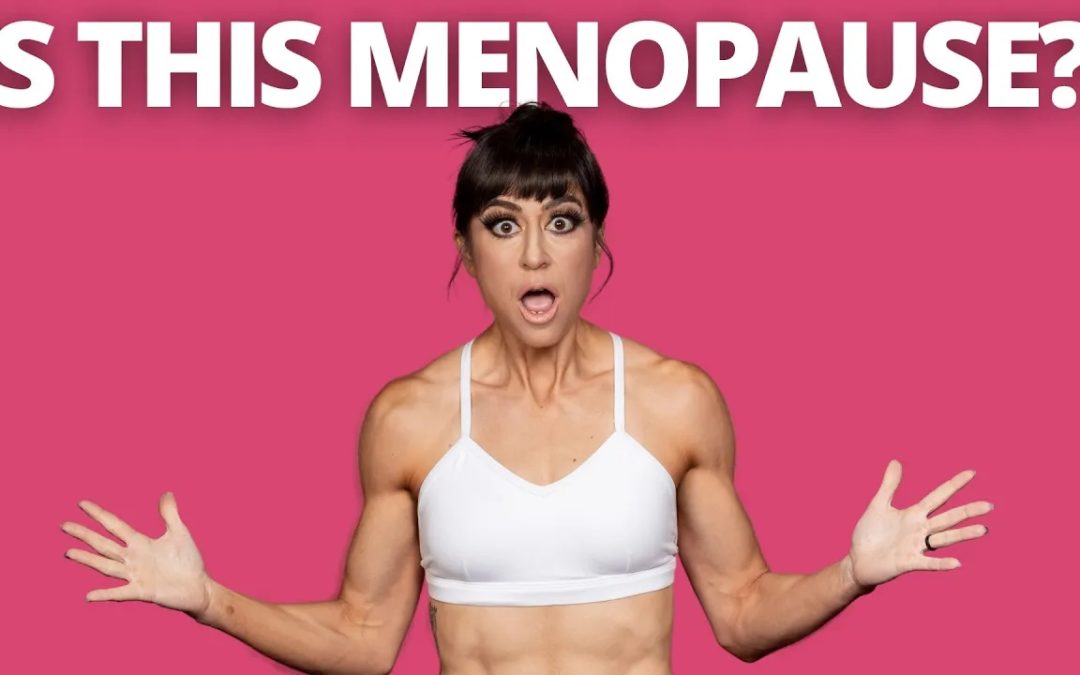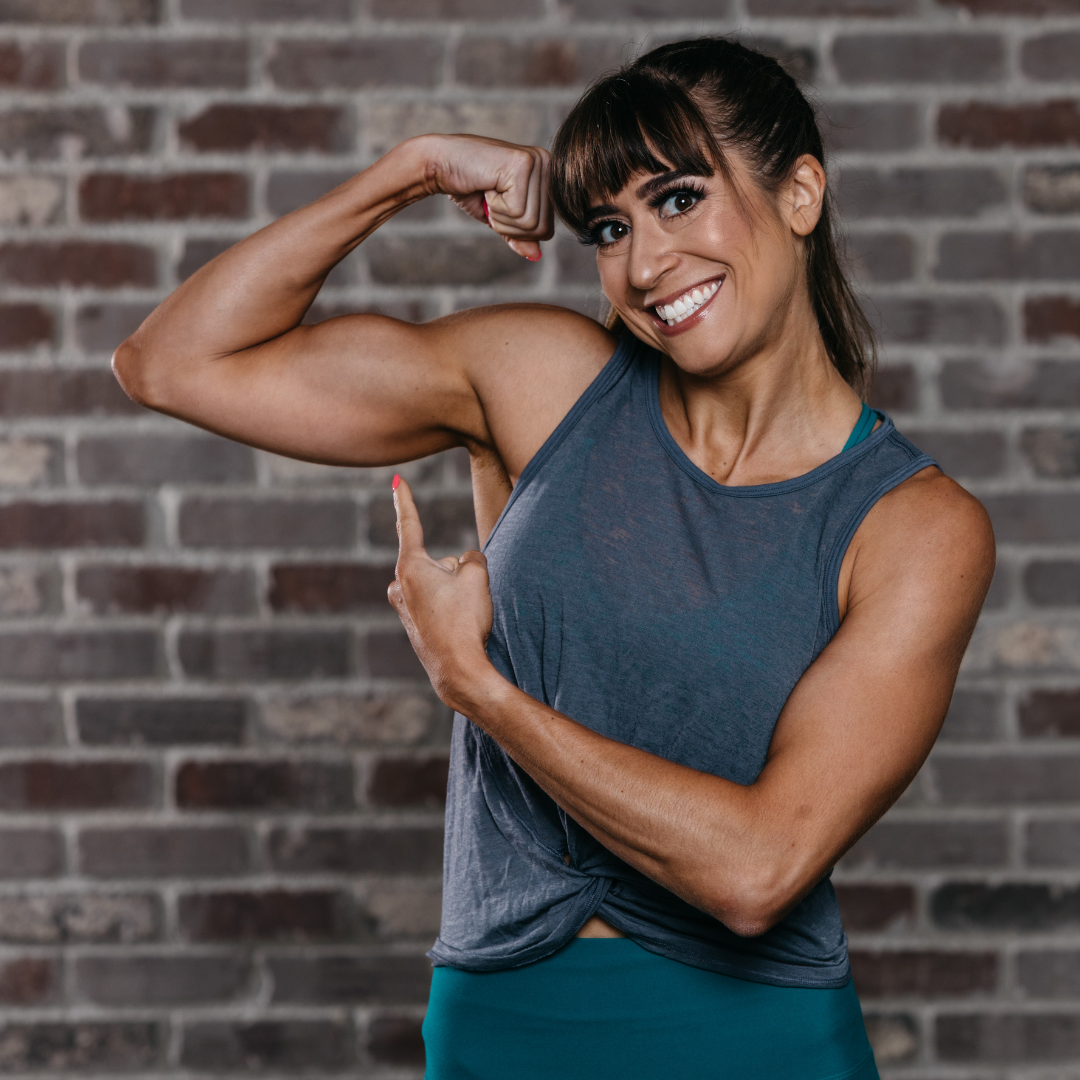
by Cori Lefkowith | Aug 13, 2023 | Blog, Bodyweight, Exercises, Functional Fitness, Push Ups
No matter how much equipment I have available, I still love including a push up variation in my upper body workouts. They are an amazing move to target your chest, shoulders, triceps and core. And not only are they an amazing way to build strength and muscle, but...

by Cori Lefkowith | Aug 6, 2023 | Blog, Exercises, Workouts
You want to see some serious strength gains, build lean muscle and improve your body composition? Then this workout design is something you’ll want to consider for your next training progression… It’s the 6-12-25 training technique. In this video, I’ll break down...

by Cori Lefkowith | Aug 1, 2023 | podcast
Avoid. Cut out. Don’t eat. Don’t do… There is so much we are told is WRONG with our lifestyles. Heck, I’ve even heard WATER isn’t healthy according to a commenter on YouTube. But there is so much nuance to what is good. And so much of what is good depends on what we...

by Cori Lefkowith | Jul 31, 2023 | Blog, Diet, Exercises
“I feel like my hormones have been super out of whack.” “It’s freaking frustrating I’m gaining weight around my middle! I’ve never gained fat there before!” “I just don’t have energy to do anything and my sleep has been HORRIBLE!” “I don’t know what’s going on with...

by Cori Lefkowith | Jul 25, 2023 | podcast
Let’s talk about MENOPAUSE. Sorry ladies, you can’t avoid it. And for some, the hormonal changes will hit harder than others. But I want to discuss strategies and tips and even some helpful mindsets to implement to help you navigate the hormonal changes. Because we...






